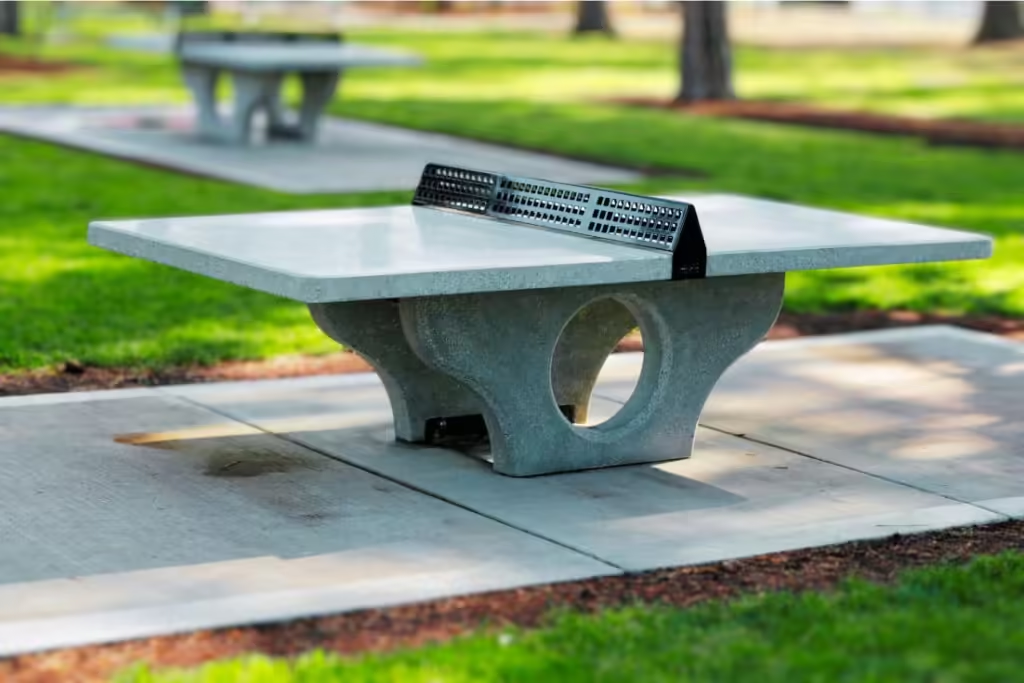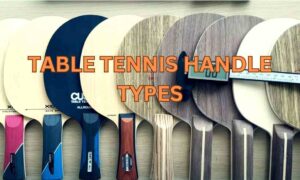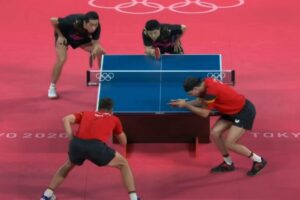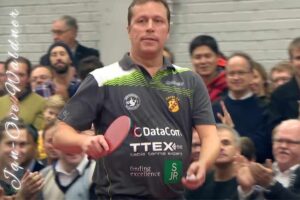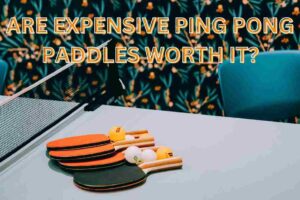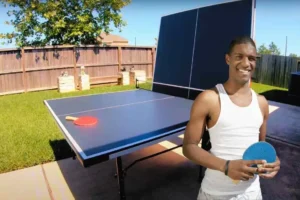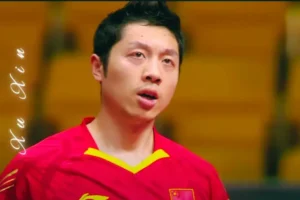The emergence of cement ping pong or table tennis tables revolutionizes traditional gaming setups, offering unparalleled durability and weather resistance for outdoor usage. The soaring trend of cement tables in outdoor settings signifies their adaptability and growing popularity among players seeking long-lasting, sturdy options for recreational spaces.
The increasing demand for outdoor concrete ping pong tables stands out significantly. As more individuals seek versatile gaming options for their outdoor spaces, these tables provide a solution that combines durability with a unique playing experience This guide aims to provide a comprehensive exploration of the features, benefits, and considerations associated with cement ping pong tables.
What Is a Cement Ping Pong Table?
These tables feature a solid cement surface supported by wooden or metallic legs for stability. The top layer is meticulously finished to provide a smooth and even playing field, resembling traditional ping-pong tables while boasting exceptional resilience against outdoor elements.
Primarily composed of cement for the playing surface, it is often reinforced with additional materials like wood or metal for structural support, ensuring longevity and sturdiness.
The use of cement ensures resistance to weather conditions, making it ideal for outdoor settings. Its robust nature minimizes wear and tear, requiring minimal maintenance compared to conventional tables, offering an extended lifespan.
History of the Concrete Ping Pong Table
Concrete ping pong tables have a fascinating history rooted in the desire for durable outdoor gaming. In the early 2010s, the concept emerged as a response to the demand for weather-resistant tables. Stone Age Concrete Table Tennis, founded in 2010, played a pivotal role in bringing quality concrete games to outdoor spaces in the United States. This initiative was born from the founder’s personal need to play table tennis in local parks.
The trend gained momentum as enthusiasts recognized the benefits of concrete in providing a robust playing surface. Today, renowned designers like James de Wulf craft concrete table tennis tables with stainless steel nets, blending functionality and aesthetics. The historical evolution of these tables showcases a commitment to durability and innovation in outdoor gaming.

Benefits of a Cement Ping Pong Table
Cement tables are triple-reinforced, ensuring exceptional durability and resistance to various weather conditions. Unlike traditional materials, they withstand rain, sun, and temperature fluctuations, making them ideal for outdoor use.
The water-resistant nature of cement makes these tables hassle-free to maintain. Users can easily wipe them down with mild soap, ensuring a clean playing surface with minimal effort.
Designed to last 50 to 100 years, cement outdoor ping pong tables outshine other materials in terms of longevity. Their sustainability is evident in the triple-reinforced construction, providing a robust and eco-friendly gaming solution.
Design and Customization Options for Cement Ping Pong Tables
These tables come in various styles and shapes, catering to both indoor and outdoor settings. The designs range from sleek and modern to more traditional options.
Cement tables allow for personalized touches through a spectrum of colors, finishes, and patterns. Custom aggregates, concrete finishes, and embedded artwork offer unique aesthetic appeals.
Adding logos, branding, or customized artwork to the surface of the table is feasible. These tables provide a canvas for creative expression, allowing unique branding or personal artwork to be integrated seamlessly.
Playing Experience on a Cement Ping Pong Table
The surface of a cement table influences ball bounce, providing a unique playing dynamic. Cement’s firmness results in a more predictable bounce, allowing players to anticipate shots accurately. The gameplay is characterized by a consistent response from the ball.
Players need to adapt to the specific characteristics of cement tables. The surface may feel harder than traditional indoor tables, requiring players to refine their touch and control. Topspin and backspin behaviors may differ, impacting strategic play.
Cement tables differ significantly from indoor tables. While indoor tables often have smoother surfaces, cement tables are designed for outdoor use and are built to withstand various weather conditions. This can affect the speed and spin of the ball.
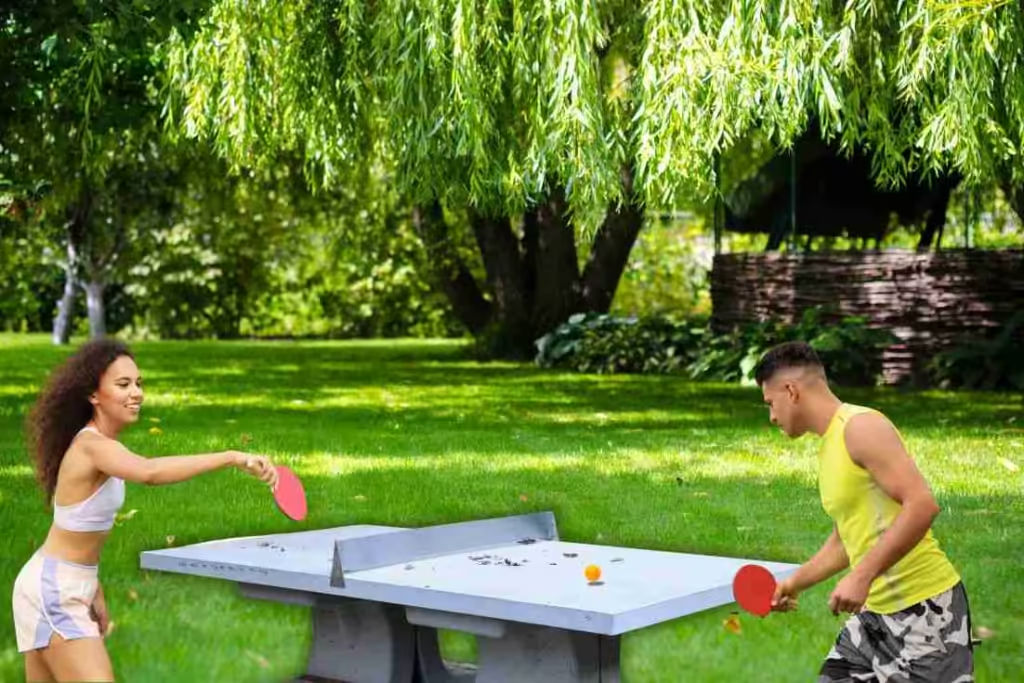
Installation and Setup of a Cement Ping Pong Table
Begin by choosing the installation site and ensuring a flat surface. Assemble the table according to the manufacturer’s instructions, using the appropriate tools. Secure the net assembly and verify the table’s stability.
Ensure the table is level by adjusting its concrete legs or placing shims as needed. This guarantees fair gameplay and prevents ball deviations. Anchor the table if placed outdoors to enhance stability.
Place the table in a spacious area with sufficient clearance around it. The standard table dimensions are 9 feet by 5 feet. Allow additional space for players to move freely and maintain a fair distance from walls or obstacles.
Maintenance and Care of a Cement Ping Pong Table
Regularly clean the surface with a mild soap and water solution. Use a soft cloth to wipe away debris and avoid harsh chemicals that may damage the finish. Dry the table thoroughly to prevent water damage.
During extreme weather, consider covering or storing the table indoors to prevent damage from prolonged exposure. For long-term storage, disassemble the table if possible and store it in a dry area to prevent warping or cracking.
Address minor imperfections by sanding down rough spots and applying a suitable sealant or epoxy to restore the surface. Ensure the repaired area is level and smooth to maintain gameplay quality.
Cost and Budget Considerations for Cement Ping Pong Tables
Cement tables range from $800 to $2000, making them competitive with high-quality alternatives. This cost is justified by their durability and unique features.
While initial costs may seem higher than traditional tables, cement’s durability outweighs the expense. Unlike wood or composite tables, cement requires minimal maintenance, contributing to long-term cost savings.
The investment in a cement table pays off over time. Minimal maintenance and resistance to wear ensure a longer lifespan, reducing the need for frequent replacements. This results in significant long-term cost savings.
Creative DIY Cement Ping Pong Tables
Begin by constructing a frame with plywood. Mold the cement on top, ensuring a smooth and even surface. Allow curing for several days before applying a finish to protect the table.
Essentials include plywood, cement mix, rebar, screws, and a trowel. Tools like a saw, drill, and level are crucial for accuracy.
Customize the table by painting the surface with epoxy paint, adding logos, or embedding designs during the cement curing process.
Safety Considerations for Cement Ping Pong Tables
Check for any cracks, uneven surfaces, or structural flaws that may pose risks. Regularly inspect the table for wear and tear to address potential hazards promptly.
Encourage players to wear appropriate footwear to prevent slipping and falling. Place non-slip mats around the table and establish clear safety guidelines for play.
Follow manufacturer guidelines for proper installation, ensuring a stable and level playing surface. Regularly clean and maintain the table to prevent any safety hazards.
In Closing
Cement ping pong tables offer durability and weather resistance, perfect for outdoor play. Their sturdy build ensures longevity, requiring minimal maintenance compared to other materials. However, careful consideration must be given to safety precautions and installation intricacies.
Investing in a cement ping pong table necessitates regular checks for structural flaws and proper upkeep to guarantee a safe playing environment. Protective measures like non-slip mats, appropriate footwear, and routine inspections are crucial.
